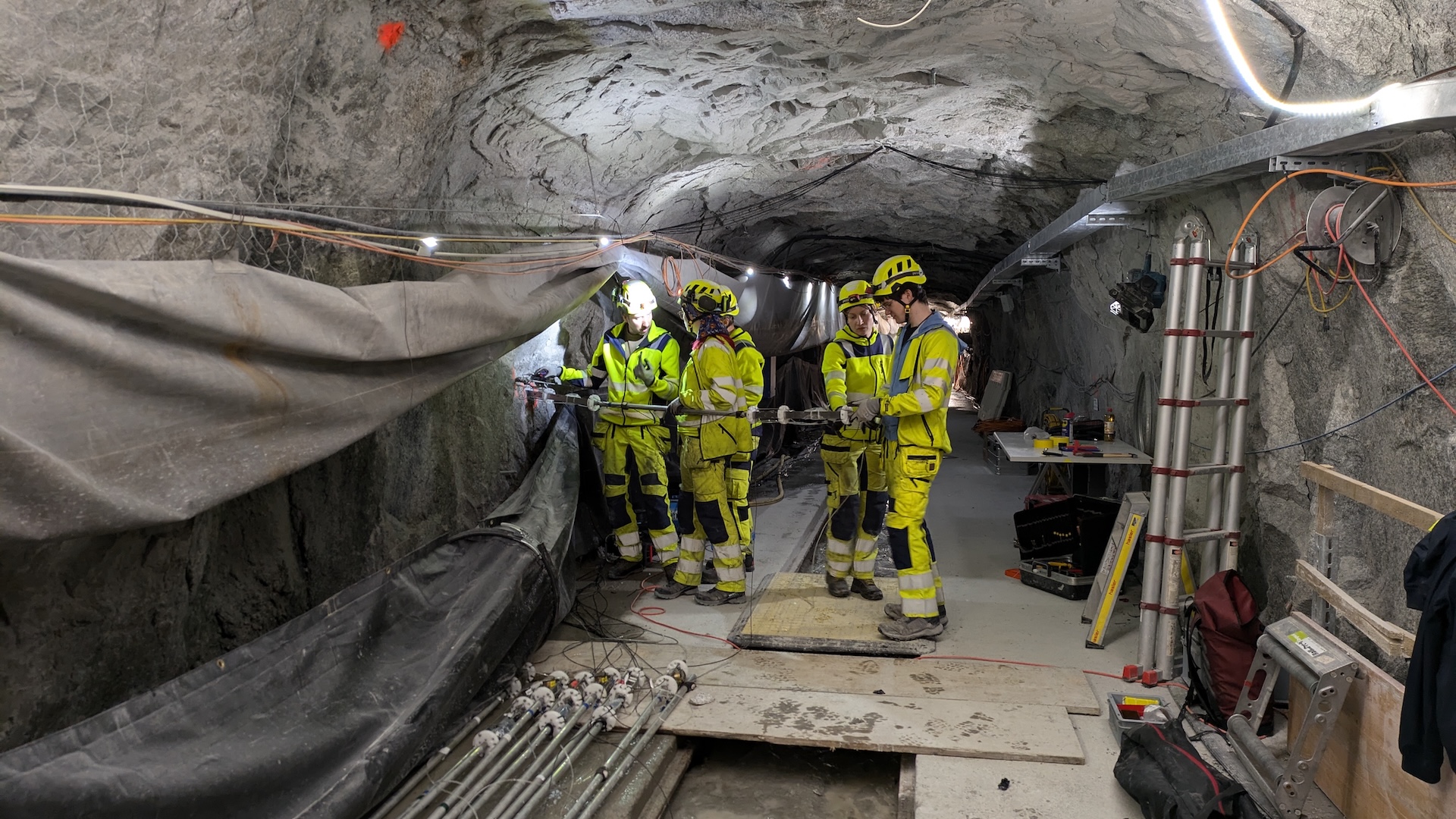In Photos: Girls' Hut Found at Nazi Death Camp
Star discovery

During excavations at the Sobibór Nazi extermination camp, archaeologists found the hut where women and girls would be undressed and shaved before going to the gas chambers. While not much of the building survives, many personal effects of the victims were left behind.
The most remarkable finding from the recent excavations was a silver pendant with the Hebrew words "Mazal Tov" and the date July 3, 1929. The necklace is almost identical to a medallion that belonged to Anne Frank. Researchers think this one belonged to a German Jewish girl named Karoline Cohn. [Read the full story on the death camp]
Hidden death camp
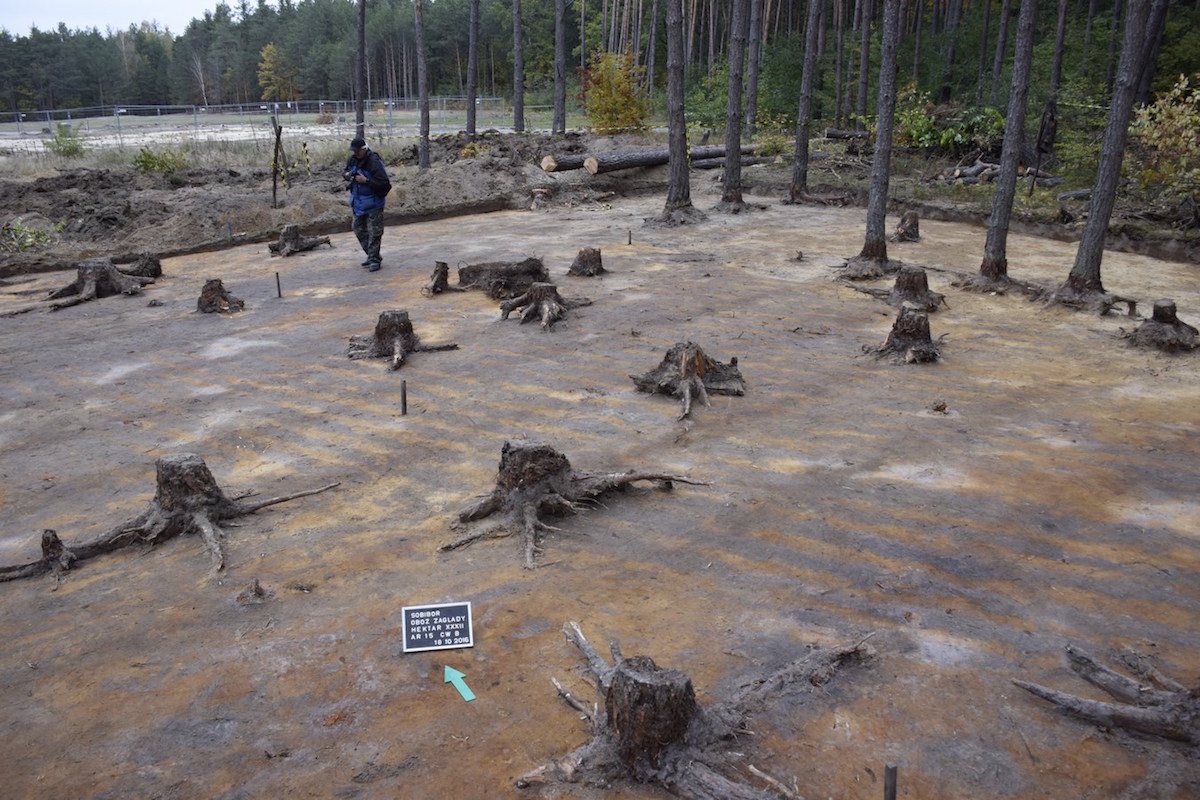
The Nazis tried to demolish all evidence of this extermination center in the woods of eastern Poland, but archaeologists have found the traces of gas chambers, crematoriums and barracks for the prisoners.
Small finds
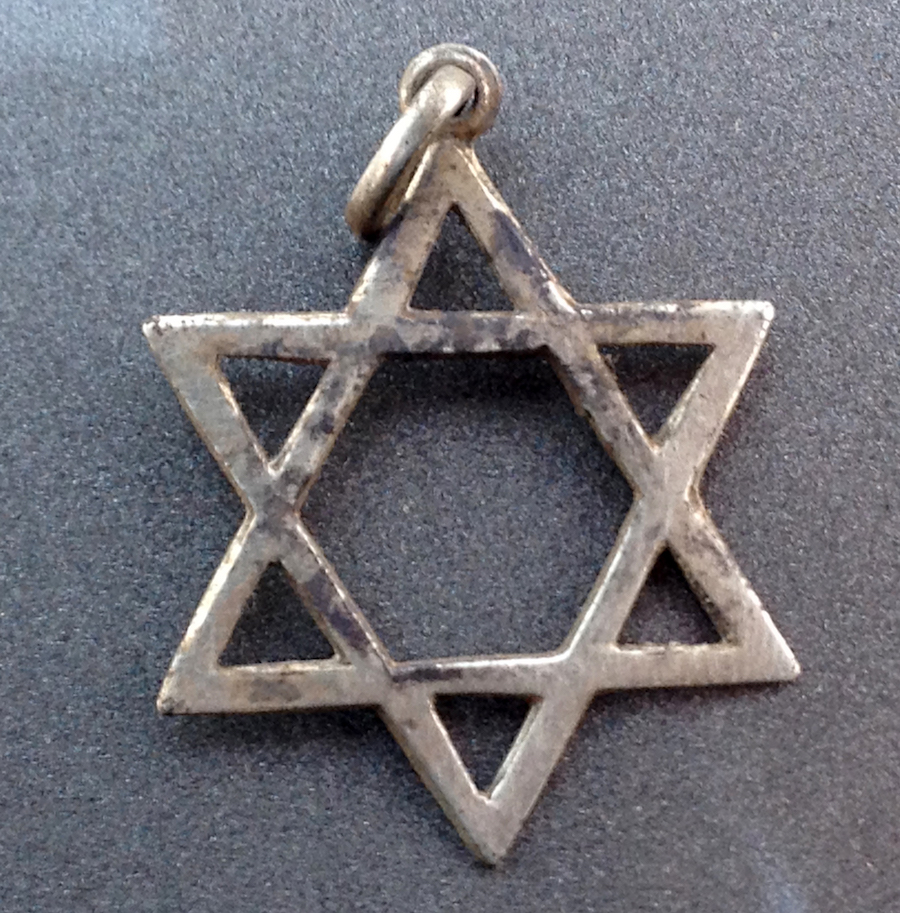
The researchers have also found thousands of small artifacts, such as this Star of David, in the soil during excavations over the last decade.
Moses locket
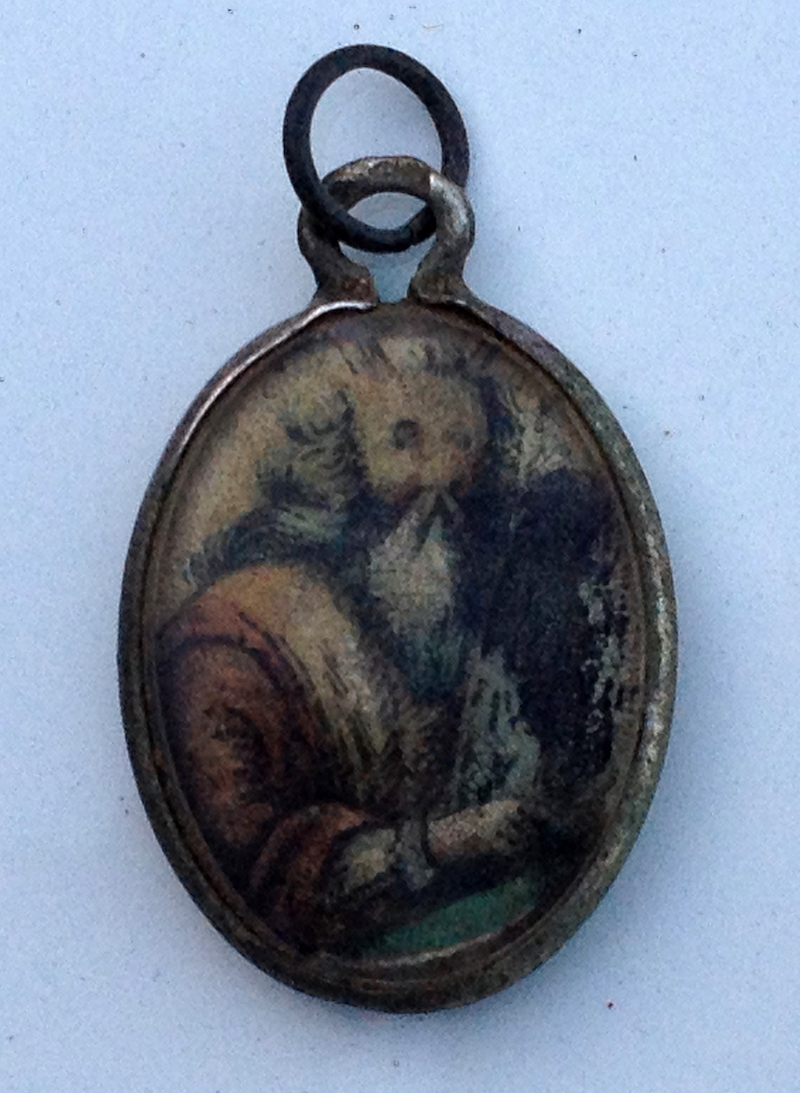
This metal locket, found at the Nazi death camp, is covered with glass and decorated with the image of Moses holding the Ten Commandments.
Women's quarters
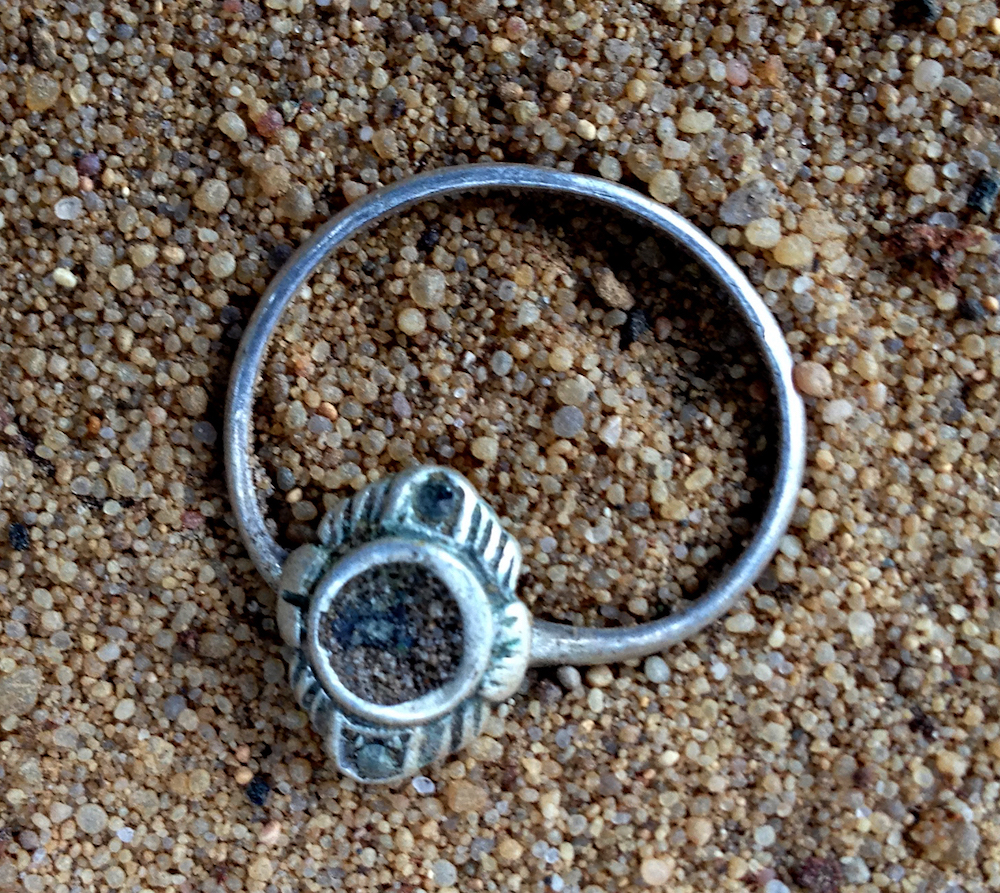
The abundance of women's jewelry and personal items in one area of the death camp led the archaeologists to believe they had found the building where female prisoners had their heads shaved and were forced to undress before being killed.
Time cut short

This rusted piece of a watch was also discovered at Sobibór.
Get the world’s most fascinating discoveries delivered straight to your inbox.
Thousands dead

Some historians estimate that as many as 250,000 people, many of them Jews, were killed at Sobibór between 1942 and 1943.

